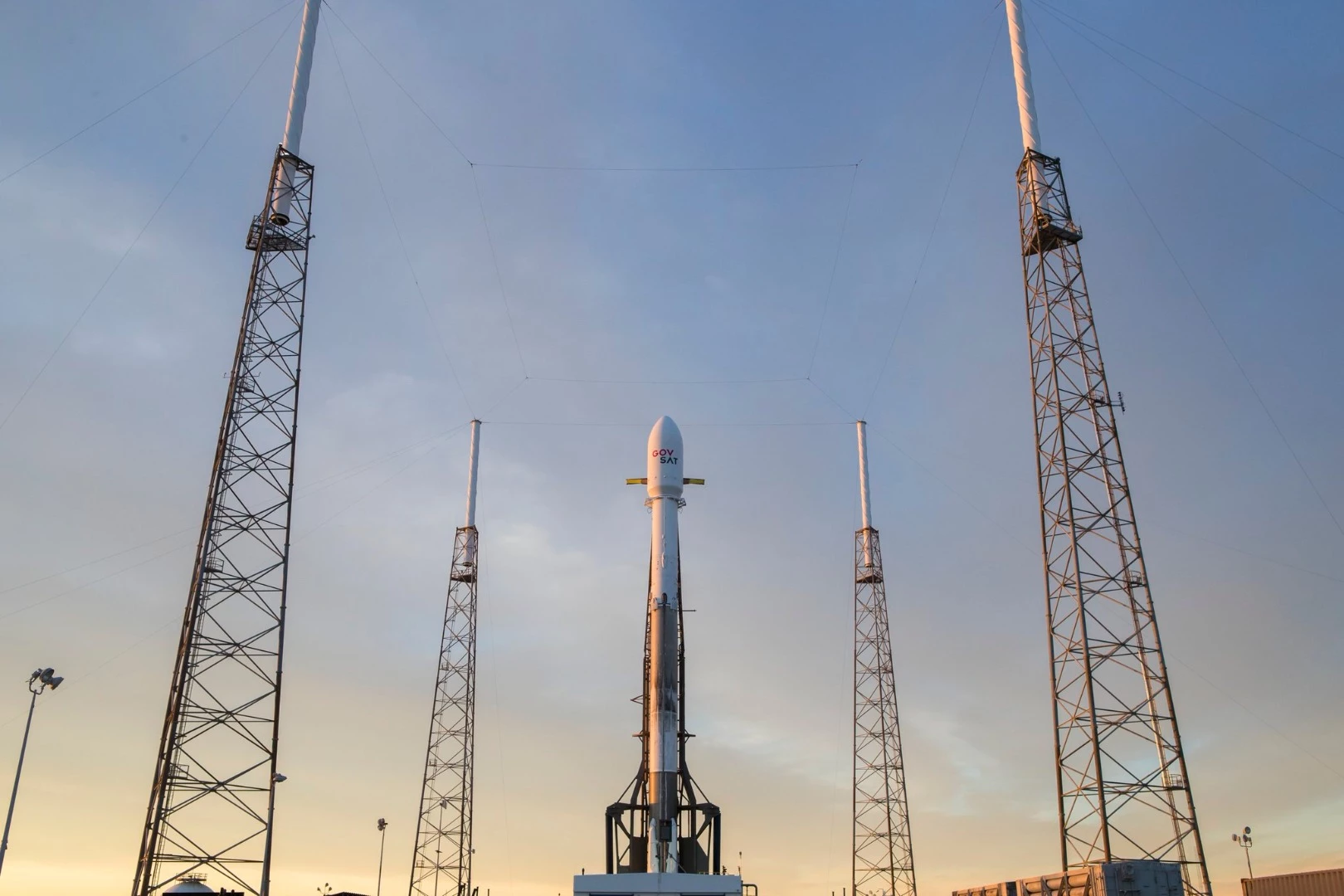SpaceX's rocket landings have become almost routine in just a short couple of years, but the company is still looking to push the boundaries. It was doing just that as a Falcon 9 booster came hurtling back to Earth toward the Atlantic Ocean, an encounter it was not expected to survive. But survive it did.
This incidental rocket landing followed the launch of a communications satellite for the government of Luxembourg, which was successfully released into geostationary orbit on Wednesday. The Falcon 9 used for this mission had visited space before, been refurbished and re-launched again, marking the sixth time SpaceX has recycled one of its boosters.
SpaceX will typically land its Falcon 9s either on solid ground or on a floating barge in the ocean, but it didn't intend on doing either this time around. Instead, SpaceX had it carry out an experimental, faux landing over the open ocean, firing up three of its nine Merlin engines, rather than just the one it typically uses during the final touchdown.

"This rocket was meant to test very high retrothrust landing in water so it didn't hurt the droneship, but amazingly it has survived," SpaceX CEO Elon Musk tweeted. "We will try to tow it back to shore."
What SpaceX plans to do with the intact booster from here remains unclear.
Meanwhile, in other SpaceX news, Musk has also announced that the company is targeting a February 6 for the long-awaited launch of its Falcon Heavy rocket. This will be the world's most powerful operational booster, and whether the launch is successful or sees SpaceX pulling rocket pieces out of the Atlantic Ocean again, it is sure to provide a spectacle.
Source: Twitter (Elon Musk)










